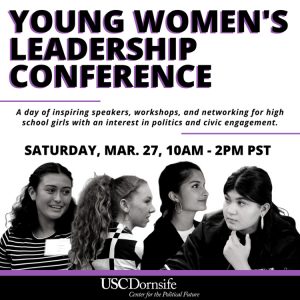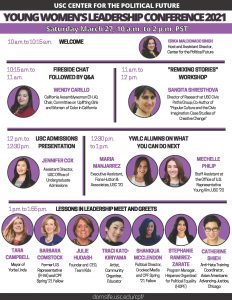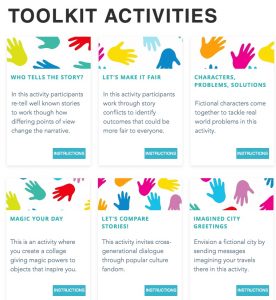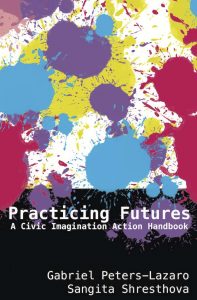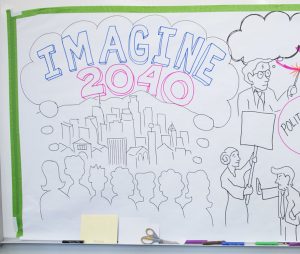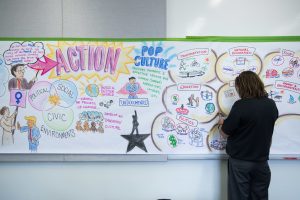From the special issue:
“When we placed the call for this issue of The Journal of Civic Media dedicated to civic imagination, we were far from anticipating the global COVID-19 pandemic that changed the course of History. Yet, it is precisely now than ever that civic imagination, that is, “the capacity to imagine alternatives to current cultural, social, political, or economic conditions,” in Henry Jenkins’ use of the term, becomes even more relevant, as we are all urgently seeking to imagine our post-COVID-19 future. Coming out of the pandemic exhausted yet wiser, humanity has reset its priorities and, relying on the synergy of scientific research and the arts, it can envision a better global society, with less greed and less pain. In this issue, The Journal of Civic Media presents twenty-four original, multi-formatted contributions from a wide spectrum of disciplines, inviting its readership to jointly ponder that the impossible can become indeed possible.”
Read the Civic Paths contribution (authored by Paulina Lanz, Tyler Quick, and Sangita Shresthova) by accessing the pdf of the special issue here.
Of Fruit Trees and Old School Houses: Activating Civic Imagination in Stevens Point
by Paulina Lanz, Tyler Quick, Sangita Shresthova
Abstract:
This essay provides an overview of the methodology and theoretical orientation of the Civic Imagination Project, an initiative of the Civic Paths Group at the University of Southern California. Here, we recount our approach through a case study of a workshop we ran in Steven’s Point Portage County, Wisconsin in February 2020. Our workshops aim to help communities collectively tap their imaginations to envision alternatives that are difficult to achieve right now. Since 2000, Portage County has been a hotly contested political “swing county” within a “swing state” in presidential, gubernatorial, and U.S. Senate elections. We ran our workshop in Steven’s Point knowing that the partisanship and politics were likely divisive for our workshop participants, which is why we facilitated brainstorming sessions that empowered local activists, artists, and academics to articulate creative possibilities. In this summary, we have documented how one semi-rural, Midwestern community used popular culture imagery and storylines to constitute a shared vernacular of the future.


